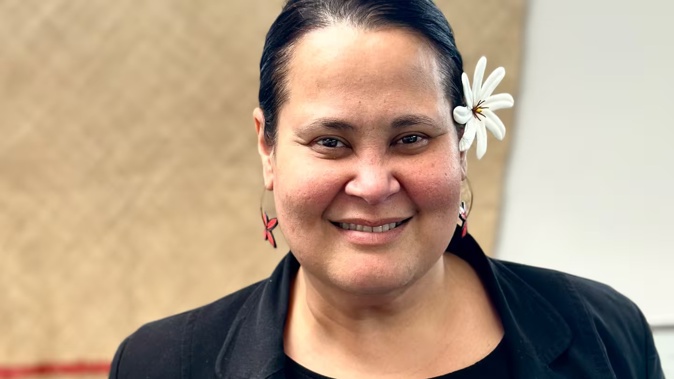
A initiative to address a growing shortage of thousands of skilled workers needed in the manufacturing, engineering and logistics (MEL) industries, must engage an underutilised Pacific workforce.
The rapid population growth and younger demographic of Pacific workers will play a crucial role in addressing future shortages within the ageing MEL workforce – a sector vital to New Zealand’s economic development.
The Lumana’i o Tangata Moana, Pacific Peoples Workforce Development Action Plan from Hanga-Aro-Rau, the Manufacturing, Engineering and Logistics Workforce Development Council (WDC), will be presented at Parliament today.
The initiative is the first of its kind to partner with Pacific communities, industries, businesses and education providers to implement a series of culturally relevant employment and training initiatives – including a new pilot programme to identify specific skill needs and develop customised learning solutions for Pacific students in regional New Zealand.
The launch of the 12-month plan follows research commissioned by Hanga-Aro-Rau which found that, without intervention, New Zealand’s MEL industry skills gap will continue to widen by 38% to reach 40,000 workers by 2028. The study also found underrepresentation of Pacific workers within managerial roles as well as evidence of racism, discrimination and pay inequity in the workplace.
Pacific workers, along with Māori, disabled people and women are underrepresented in MEL sectors and are among the target populations that have been identified as essential to filling industry workforce shortages.
According to the latest NZ Stats census data, Pacific peoples make up almost 9% of the population, with a 16% growth in raw numbers compared to the previous census.

Phil Alexander-Crawford.
Phil Alexander-Crawford, chief executive of Hanga-Aro-Rau, the largest of six WDCs tasked with aligning the vocational educational systems with industry needs, says the initiatives under the new action plan are designed to create a stable workforce pipeline for the economy.
He says the programme aims to support the development of a skilled Pacific workforce, career advancement, enhance cultural understanding and strengthen industry-community partnerships.
“New Zealand has an ageing workforce, and the total young, working-age population is reducing, with the most significant gaps forecasted for the next five years between ages 25 and 35. However, Pacific populations are younger, and growing, and offer a unique opportunity to increase representation and a skilled Pacific workforce in our industries.
Sooalo Laupu’e Daisy Bentley-Gray, Pacific academic development lecturer and interim manager Pacific success at Unitec, says it is important to develop organisational recruitment policies and competency frameworks that are sensitive to the needs of Pacific peoples to encourage greater workforce participation and engagement.
She says it also is necessary for employers to recognise that there are more than 16 different Pacific nations, each with its own distinct rituals and traditions.
Bentley-Gray says the new action plan is an empowering step forward for Pacific Peoples and it will go a long way towards assisting their career progression.
“We are a diverse group of people with a range of experiences and qualifications. Our Pacific elders who came to New Zealand in the 1950s were determined and resilient and most worked in the primary industries but Pacific peoples have grown from those humble beginnings.
“It is really encouraging for any Pacific person that’s going into an organisation or sector that they feel included and that what they have to say is valued. They want to be able to contribute meaningfully to New Zealand society as well as being connected back to the countries, their homelands.
“I support the direction of the action plan and the goals outlined within it, we know that by engaging Pacific communities as part of the process we will be able to ensure their aspirations are met.
“If we are to fully address this inequity we need to ensure that every Pacific person is given an opportunity to access training and education because that is essential to our progression and for us to contribute meaningfully to society.”
Take your Radio, Podcasts and Music with you









